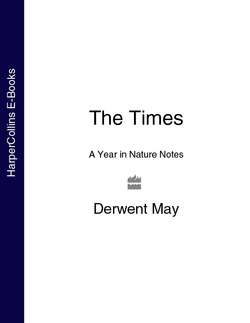Читать книгу The Times A Year in Nature Notes - Derwent May - Страница 85
19th March
ОглавлениеGREY SQUIRRELS LURKED in their dreys when it was cold but they are out and about again. They keep their dreys neat and tidy; the ragged-looking assemblages of leaves and twigs one often sees in the treetops are abandoned dreys. They feed on acorns and other nuts, and in the summer strip bark from the bottom of young trees, often killing them in the process. Older trees that are dead at the top may also be victims of their bark stripping. It is not known why they do this. They may be marking out their territories, or they may like the sweet sap.
In Britain, red squirrels are now found almost exclusively in northern pine and fir woods. However, in the south they survive on the Isle of Wight, which the grey squirrels have not reached. Grey squirrels do not normally attack the red ones, but since they were introduced here from America at the end of the 19th century, they have pushed our native squirrels out of most of their old territory simply through being more powerful animals and more successful. The red squirrels feed mainly on pine and fir seeds.
The violet flowers of lesser periwinkle are sprawling about on hedge banks. They also like to clamber over fences, and can be found at the edge of gardens and beside rural railway platforms.
